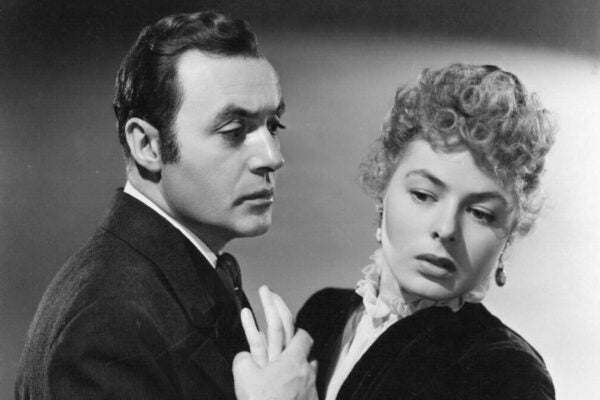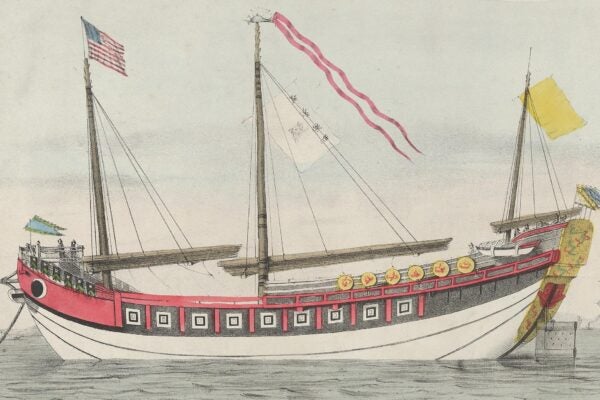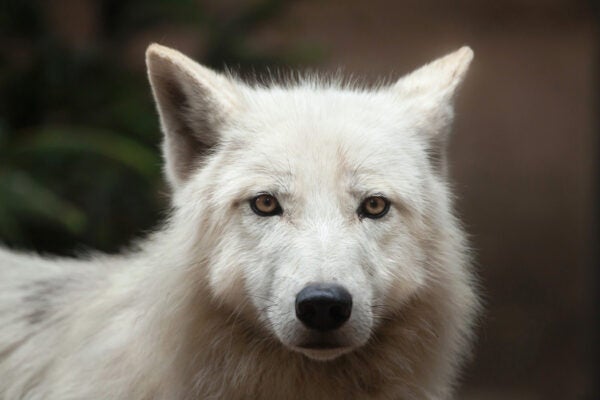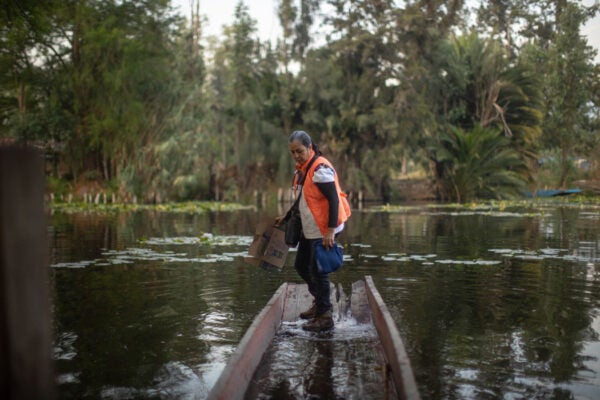When we started writing about ourselves (FiveThirtyEight)
by Craig Fehrman
In the early nineteenth century, most US autobiographies were written either by clergymen or criminals. A century later, the genre was much bigger—and fair game for just about anyone.
How biochemistry drives love and hate (Aeon)
by Ruth Feldman
Oxytocin-driven neurobiology drives mother-child bonding, large-scale human cooperation, and devotion to causes beyond ourselves. It can also contribute to irrational fear and the persecution of out-groups.
The virtuous pleasure of shade-grown chocolate (Scientific American)
by Timothy Pearson
One reason chocolate can be a guilty pleasure is the environmental impacts of cacao plantations. But cacao can be good for people, animals, and the climate—if it’s grown in the shade.
Maybe coyote and badger really are friends (Atlas Obscura)
by Jennifer S. Holland
Did you see that mismatched-buddies video of the coyote and the badger? Turns out the two species work together very effectively—and that points to how many real-life cross-species friendships and business relationships there are.
The secrets of same-sex marriages (The New York Times)
by Stephanie Coontz
Researchers used to think women were disproportionately distressed with their marriages. Then they realized that applied only to women who were married to men. There’s a lot that same-sex marriage can teach straight couples.
Got a hot tip about a well-researched story that belongs on this list? Email us here.






